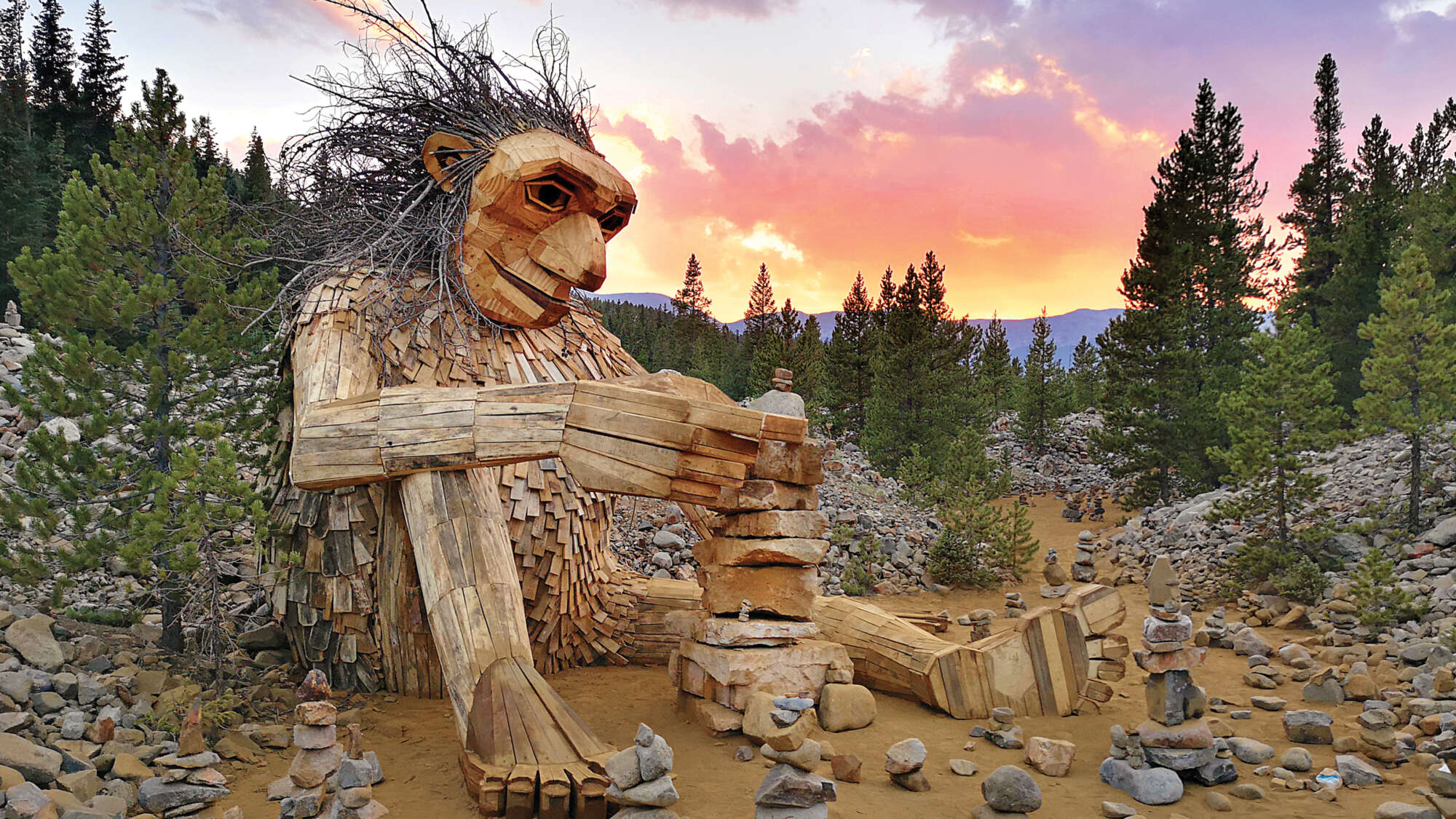Thomas Dambo, born in Odense, Denmark in 1979, grew up in a creative and communal environment. From a young age, Dambo was encouraged to explore his creativity, building his first wooden box for his brother’s pacifier and scavenging materials to construct massive fortresses with his friends.
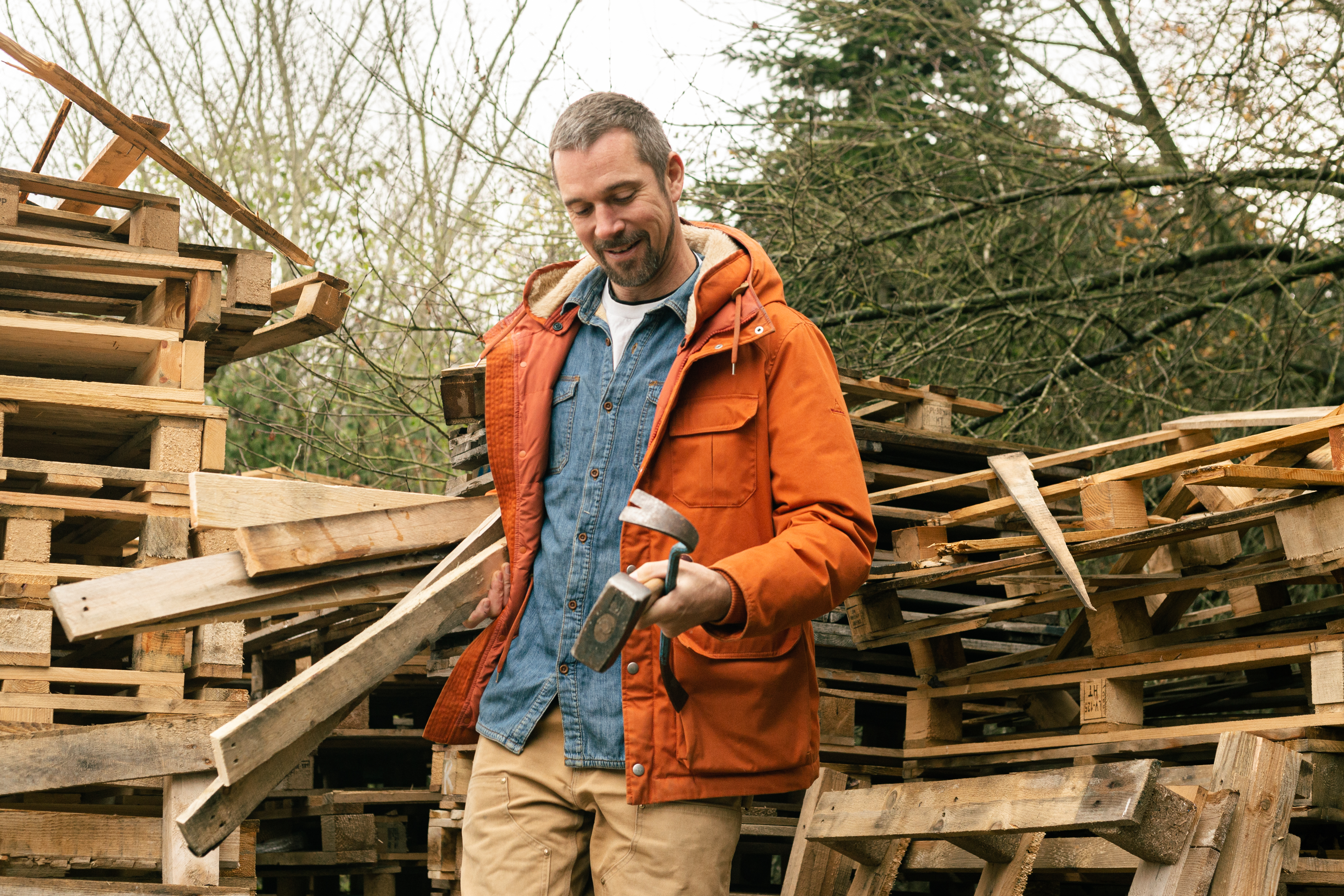
As a teenager, Dambo delved into street art, urban exploration, and graffiti. His passion for urban culture and hip-hop led him to become a beatboxer, touring with Norwegian rapper Skranglebein. In 2004, he formed the hip-hop super crew Fler Farver with his younger brother and friends, releasing nine albums and gaining significant recognition in the Danish underground hip-hop scene.
Dambo pursued a master’s degree in Interaction Design at The Kolding School of Design, where he became known for his quirky design ideas and commitment to building with reclaimed materials. His project, Happy City Birds, involved creating 250 colorful birdhouses to raise awareness of protecting urban wildlife. This project marked the beginning of his dedication to using recycled materials in his art.
In 2012, after earning his MA, Dambo opened his first workshop in Østerbro (a neighborhood in Copenhagen), focusing on art, design installations, scenography, and furniture from reclaimed materials. His innovative “Happy Wall,” an interactive installation in Copenhagen, gained international acclaim and led to exhibitions in Las Vegas, Rio, and Beijing.
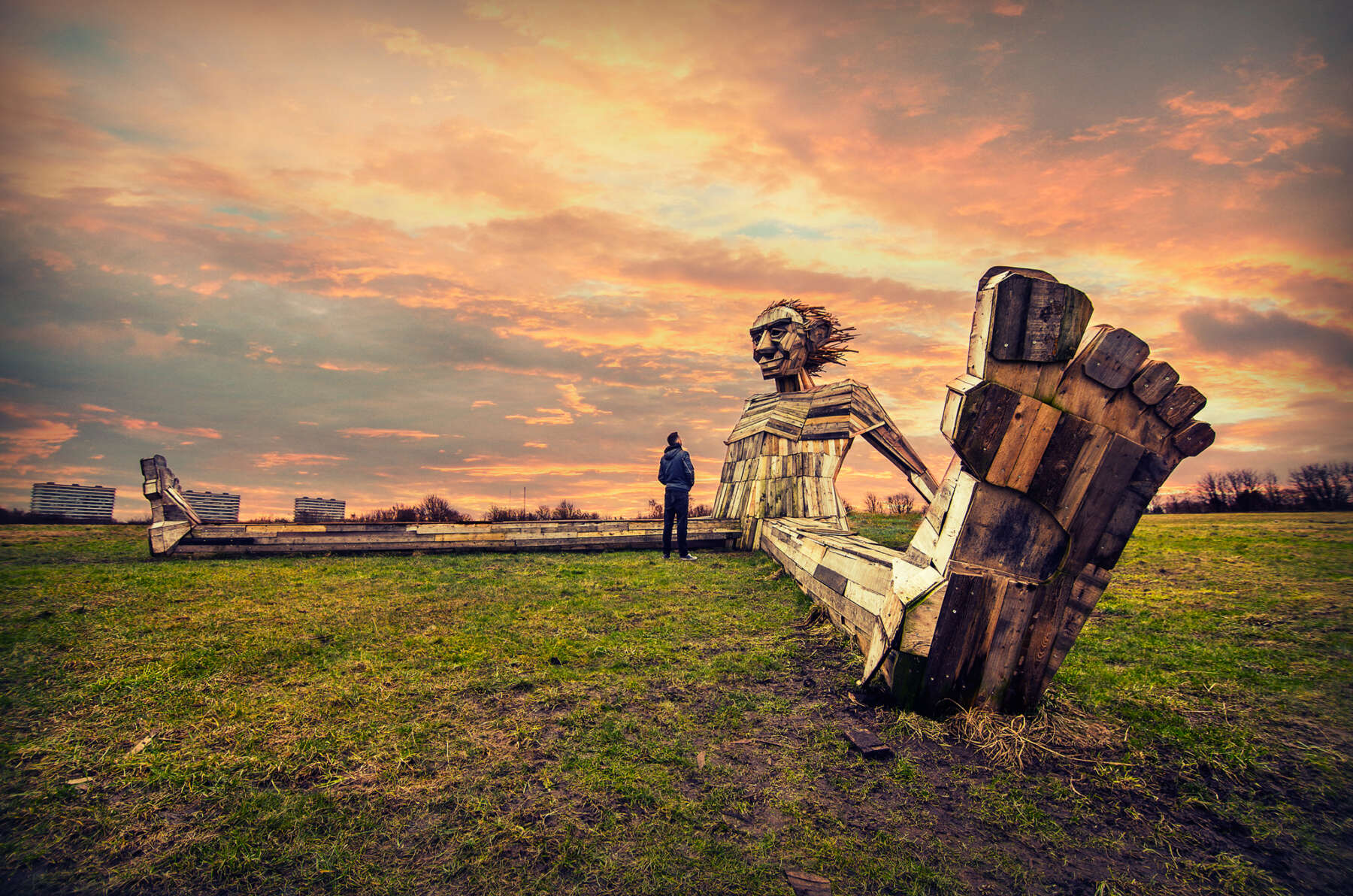
Dambo’s work gained further notability with his giant Troll sculptures made from recycled materials. He has created 138 trolls worldwide with each of his projects drawing millions of visitors and significant media attention.
He is passionate about recycling and upcycling, transforming discarded materials into large-scale artworks. His works are often hidden in natural sites, encouraging a sense of adventure and exploration.
In 2023, Dambo created his 100th Troll, Månemor, hidden in a secret location discovered through an international treasure hunt entitled “Troll Map.” His latest project, “Way of the Bird King,” is an extensive road trip project in the U.S. Pacific Northwest featuring ten troll sculptures and a fairytale book. Both projects include an app and geocaching.
Dambo’s artistic philosophy centers on one particular mission.

“My mission is Waste No More. Our world is drowning in trash while we are running out of natural resources. I spend my life showing the world that beautiful things can be made out of trash. I give new life to discarded materials by turning them into large-scale artworks. My aim at the moment is to build 1,000 Trolls using recycled materials all over the world,” states Dambo. “The involvement of people is essential in my mission. I can give an example, but it´s the whole world that has to waste no more.”
Community involvement is crucial to his projects, with local communities participating in material collection and maintenance. One of Dambo’s favorite projects, called “Future Forest,” is a 600-square-meter forest made from plastic waste sourced and built with the help of more than a thousand volunteers in Mexico City.
You can learn more about Dambo, his trolls, and other projects by visiting his website: thomasdambo.com
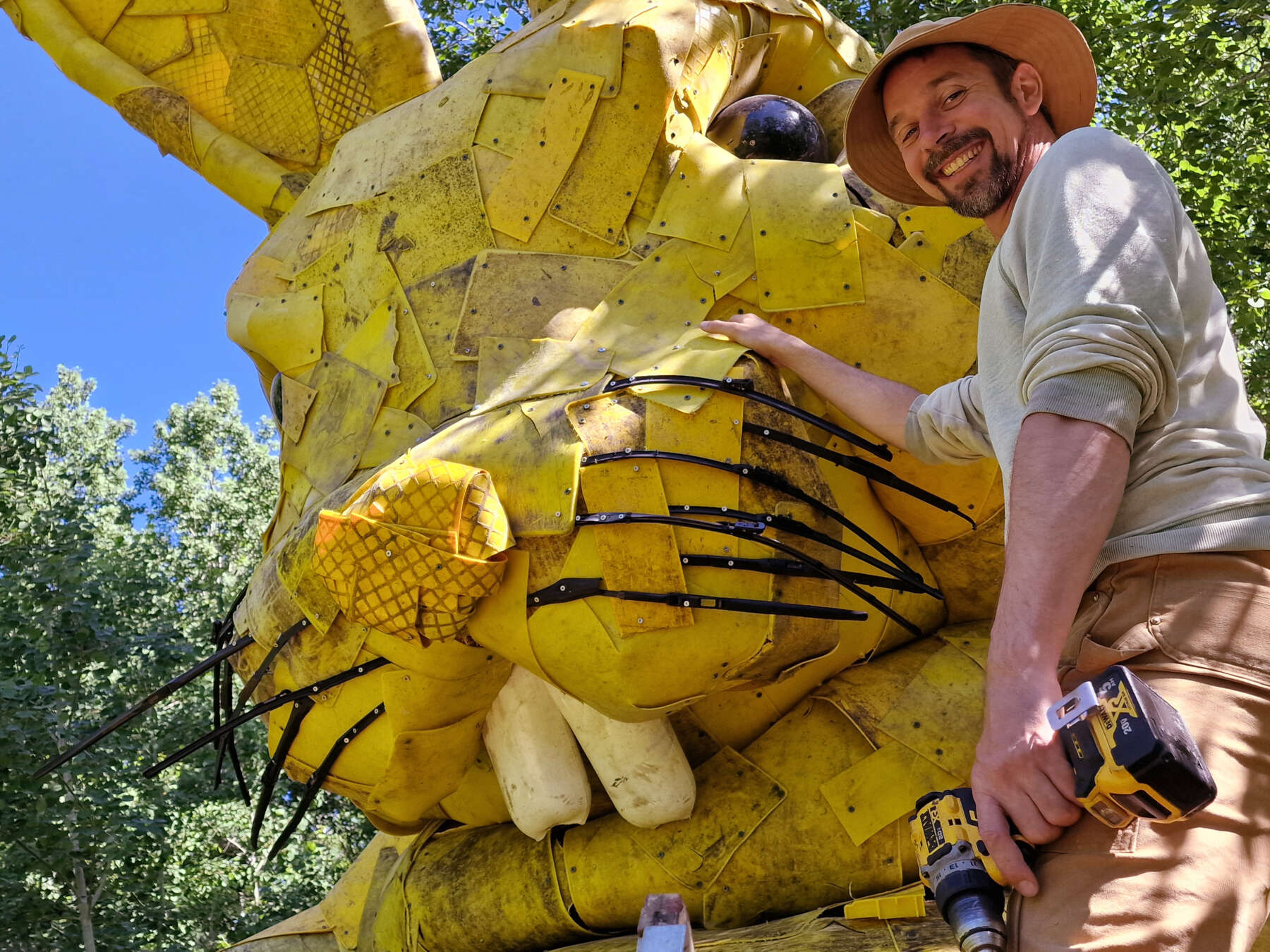
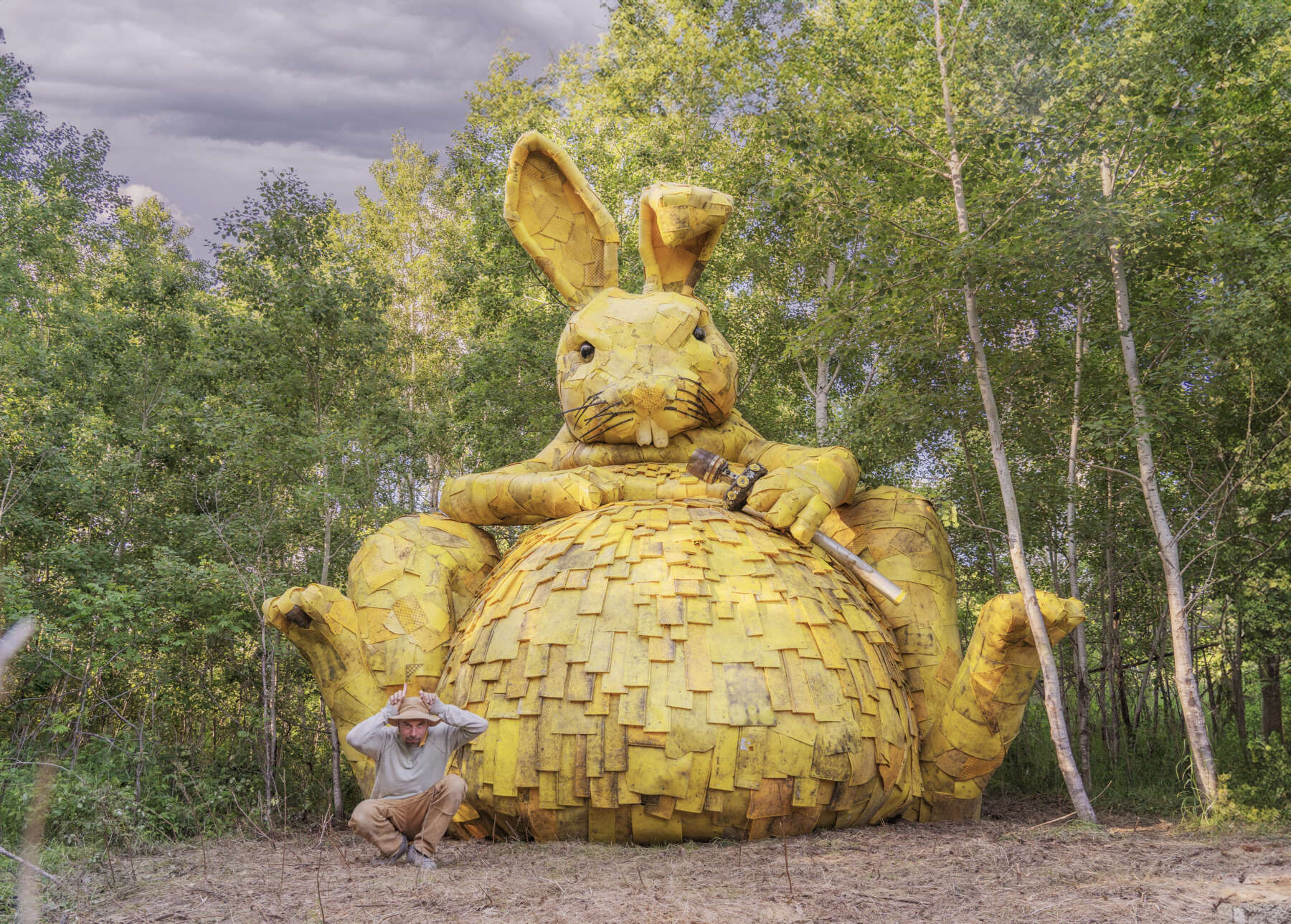

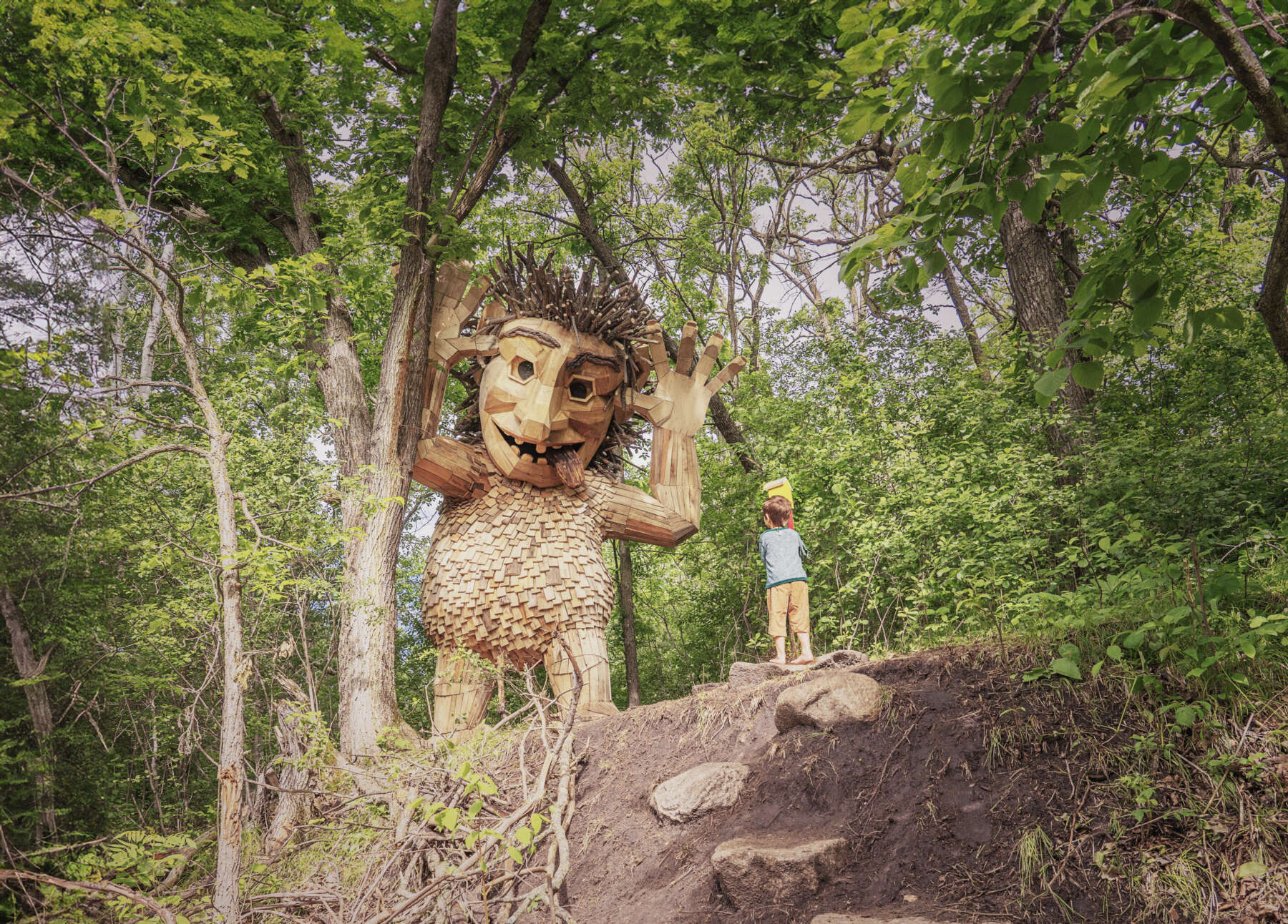
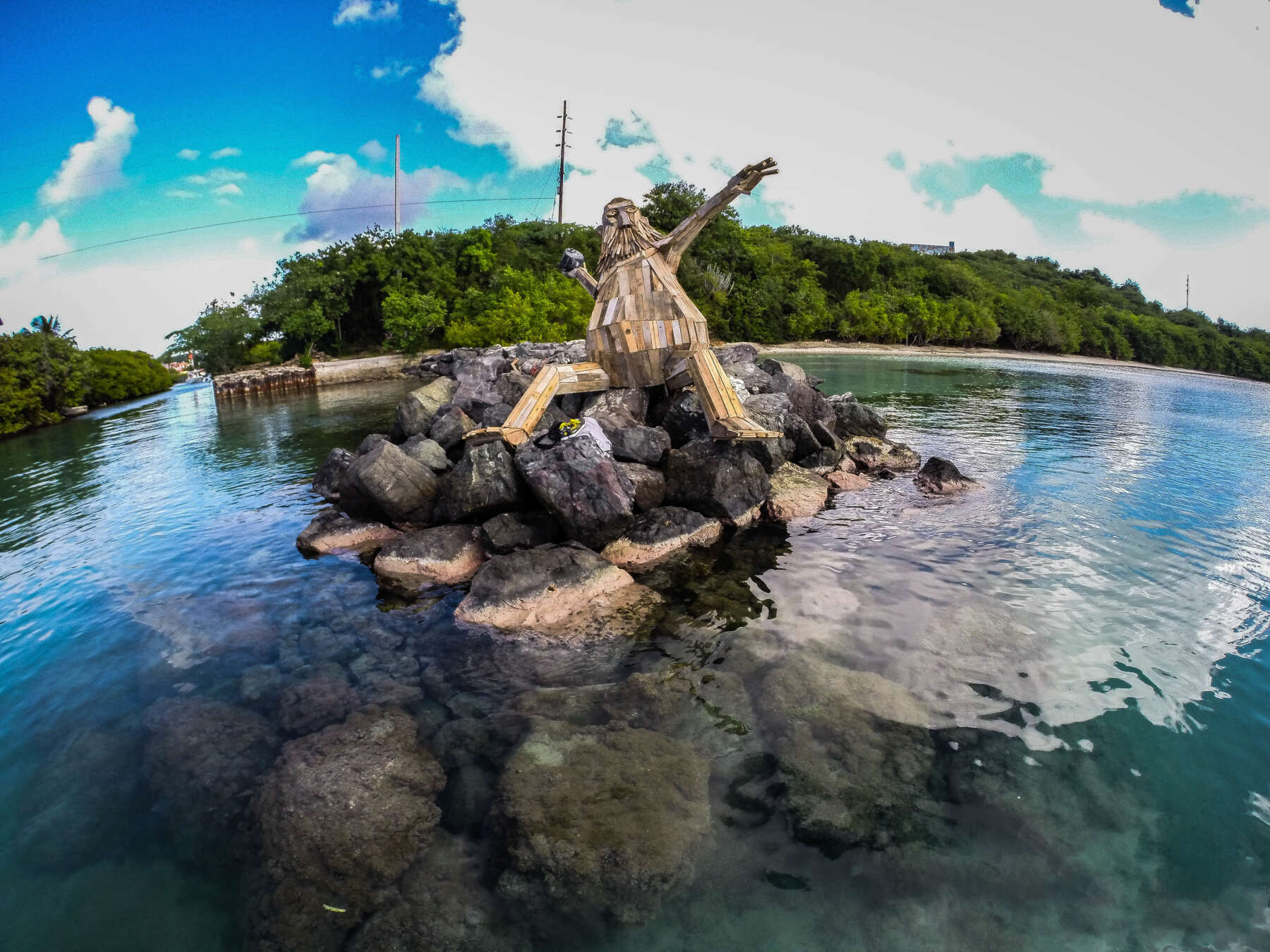

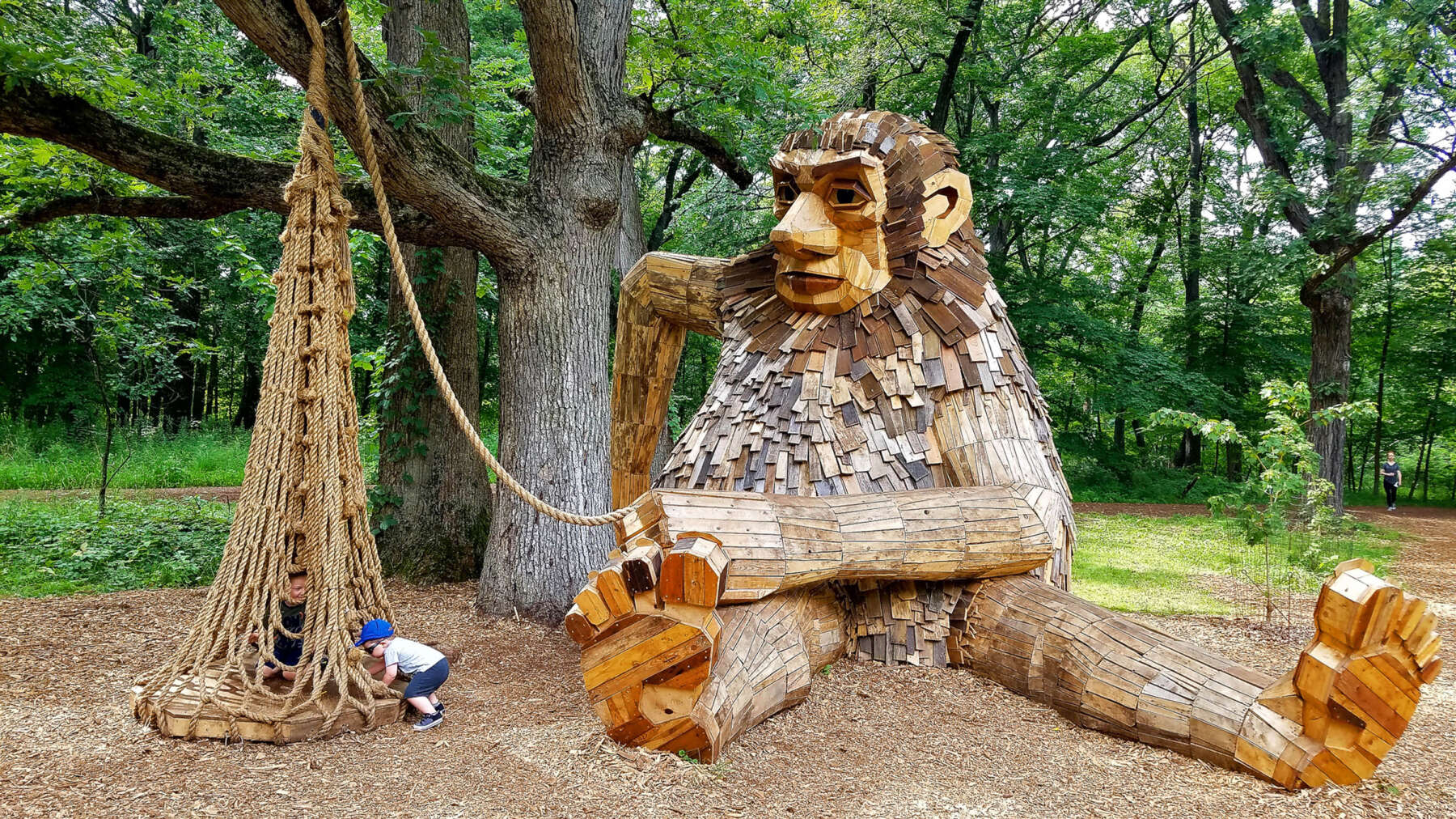



*All images and information is © Thomas Dambo unless otherwise stated.
Disclaimer: The views and opinions expressed in this interview are those of the interviewees and do not necessarily reflect the views or positions of Public Health Landscape or Valent BioSciences, LLC.
